Moss
Liverworts
Where?
Mosses of the liverwort group (Marchantiophyta) can be found on many stream banks or in moist areas near springs. They grow in individual groups or in extensive lawns on stones or on nutrient-poor soils in the shade. Of these, some are more sensitive to nutrients, such as the liverwort Chiloscyphus polyanthos (see photo below), which is found in Luxembourg, and some are less so. The most widespread is the fountain liverwort (Marchantia polymorpha).
Appearance?
Liverworts grow rather flat and often overlay each other like lobes. Some form a kind of cup on their surface. Many liverworts form spore capsules after some time, which are roughly comparable to fertilized seeds of higher plants.
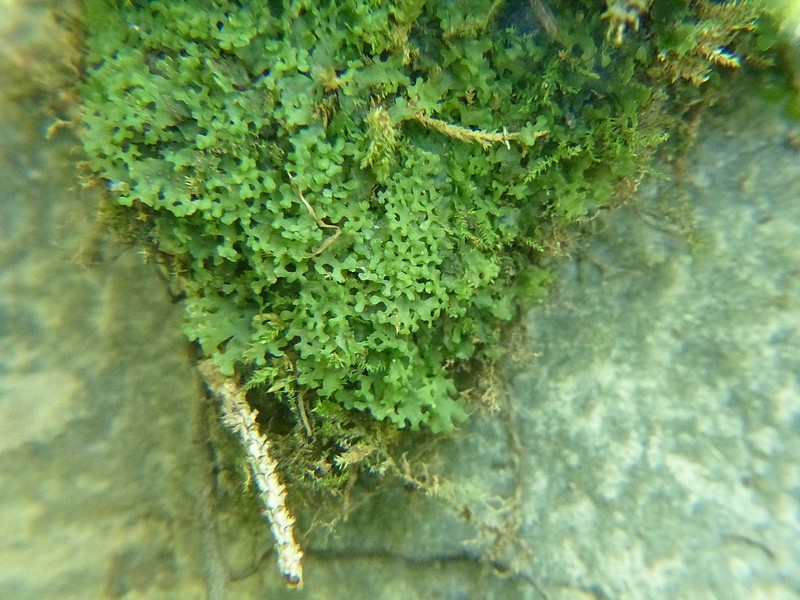
The liverwort Pellia endiviifolia is found in fresh to wet, shady to semi-shady locations in woods or on the banks of streams.
"File:Apopellia endiviifolia 67745395.jpg" by Christian Grenier is marked with CC0 1.0.
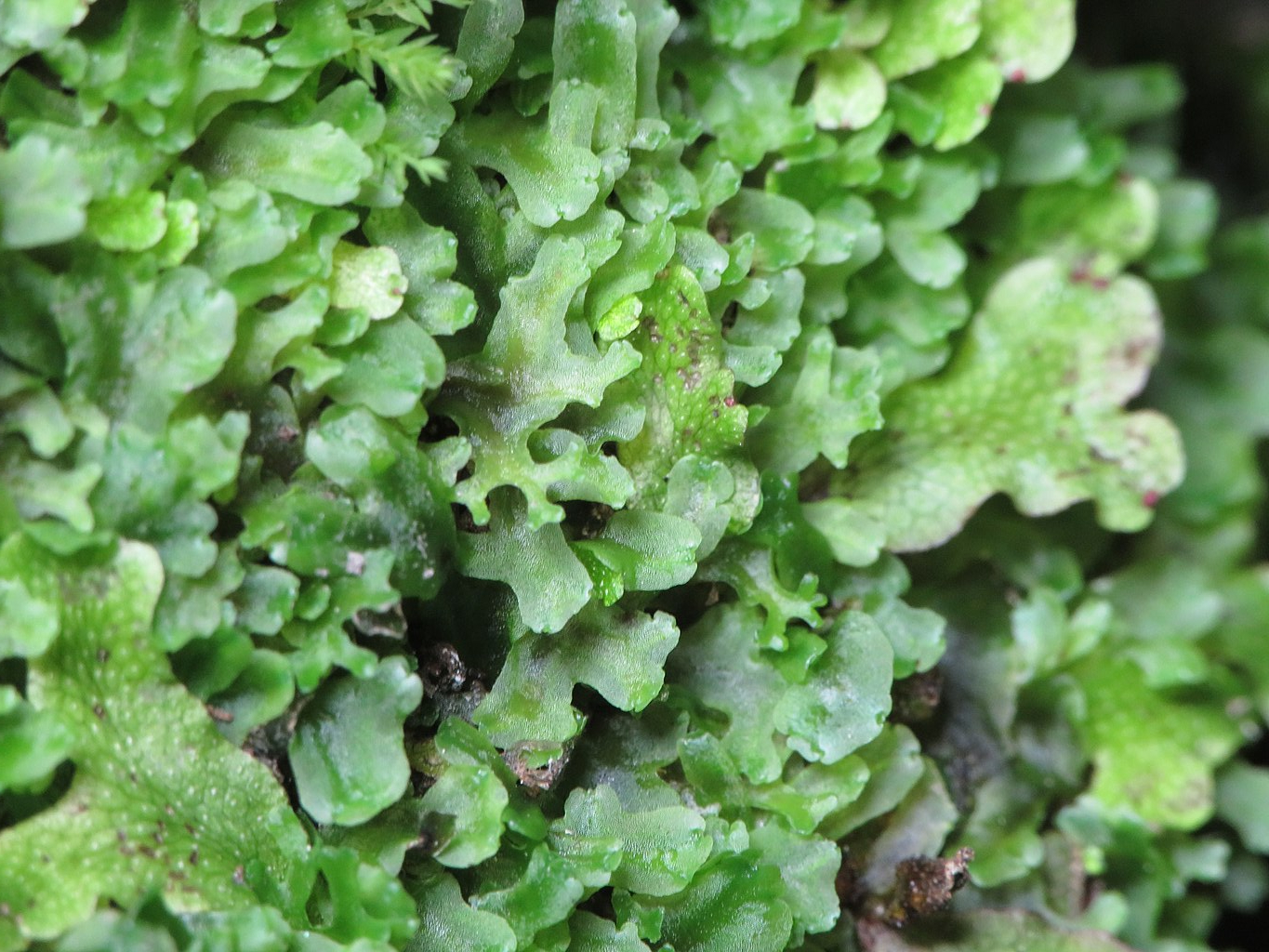
"File:Apopellia endiviifolia 84402440.jpg" by Calum McLennan is licensed under CC BY 4.0.

"File:Pellia endiviifolia (fb, 144835-474709) 5112.JPG" by HermannSchachner is marked with CC0 1.0.

It grows, for example, in shady forest streams, forest springs, ditches, in bogs and swamps.
"File:Chiloscyphus polyanthos (a, 143553-482324) 3413.JPG" by HermannSchachner is marked with CC0 1.0.

Umbrella liverwort (Marchantia polymorpha), forms cups on its surface.
sys-one (Franz Mattuschka), CC BY-SA 3.0 , via Wikimedia Commons
Water-Mosses
Where?
The group of spring mosses belong to the mosses living under water. The moss Philonotis fontana, colonizes light-rich, lime- and nutrient-poor, mostly cold spring areas. It occurs in bogs and on trickling spring rocks. The common water moss Fontinalis antipyretica grows mostly in slow-flowing, rarely in standing waters. It is mostly found in clean, nutrient-poor (oligotrophic) streams and larger lakes in Luxembourg. It grows there on stones and occurs in the low mountain range.
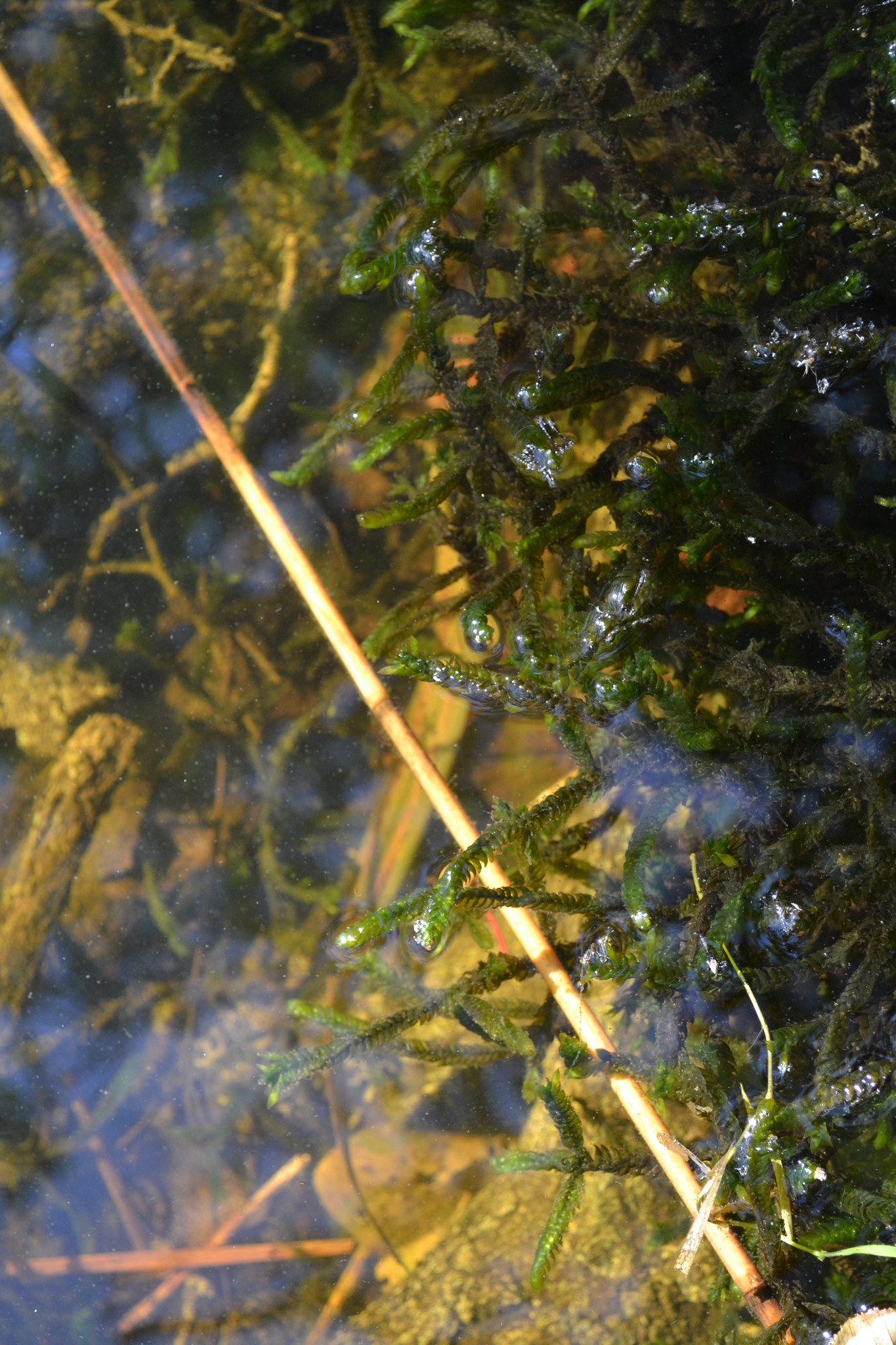
"Fontinalis antipyretica" by Oskar Gran is licensed under CC BY-NC 2.0.
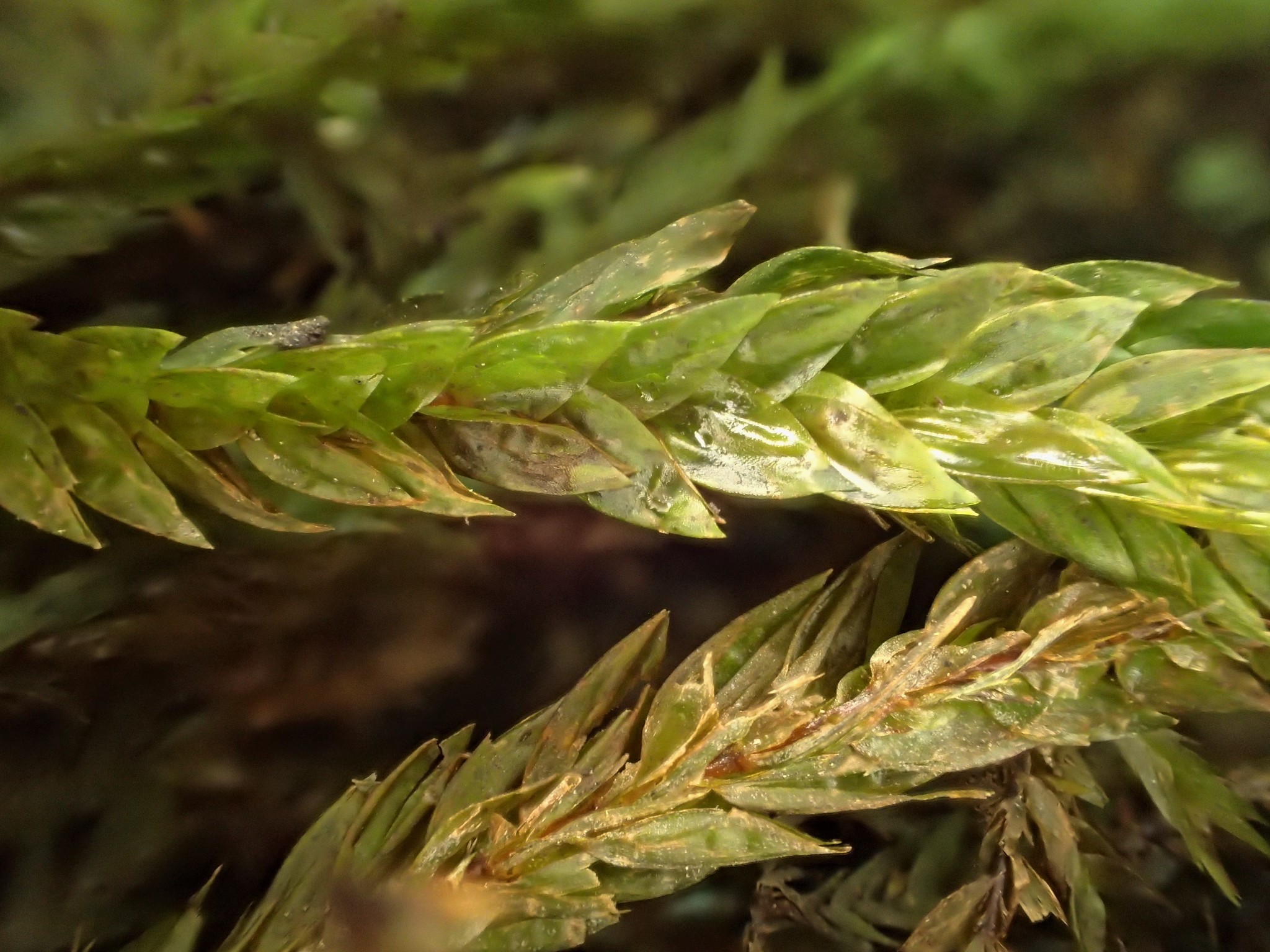
"Fontinalis antipyretica antipyretica" by kkellman is licensed under CC BY-NC 4.0.
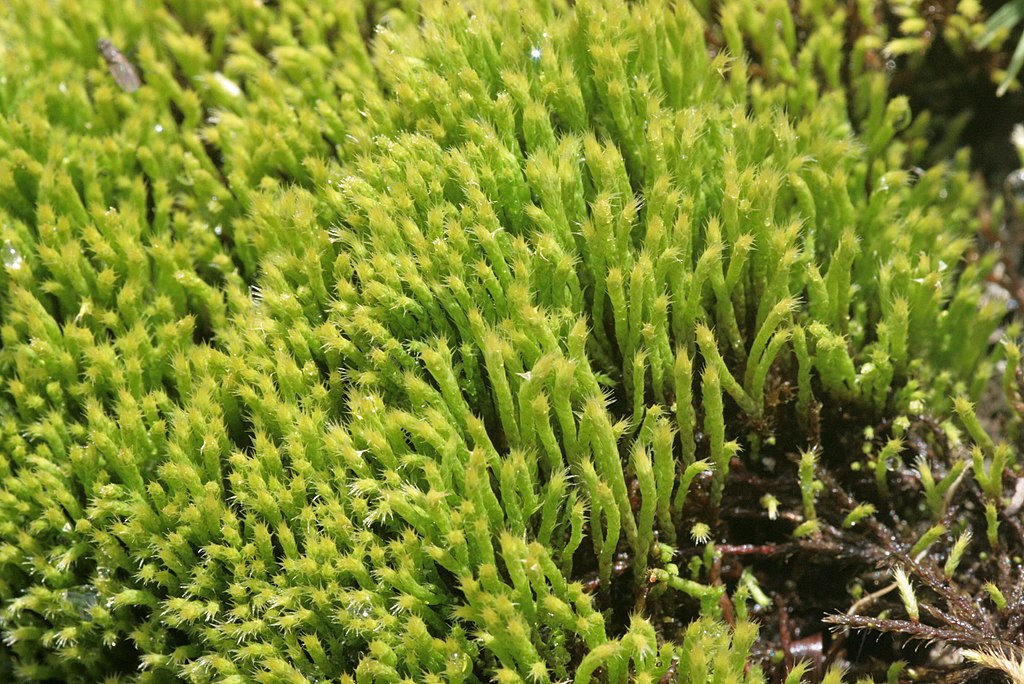
The moss Philonotis fontana is particularly sensitive to nutrient-rich sites; it also grows over stones.
"File:Philonotis fontana (b, 110226-471210) 4554.JPG" by HermannSchachner is marked with CC0 1.0.

"Philonotis fontana" by aspidoscelis is marked with CC0 1.0.
This website uses no external trackers, no analytics, just session cookies and values your online privacy.
